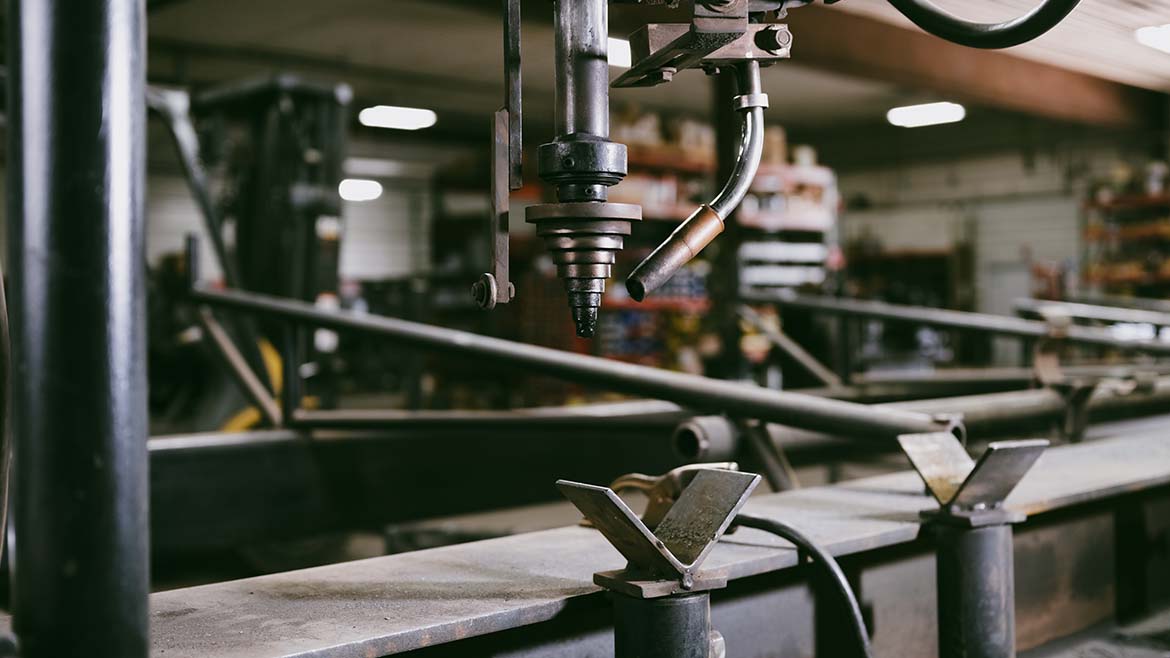
Businesses across the United States are receiving thousands of dollars by taking advantage of the Research and Development (R&D) tax credit. But, unfortunately, there are still many who aren’t fully benefiting from the credit because of misconceptions and uncertainty about applicability.
The R&D tax credit is one of the most underutilized tax savings opportunities for taxpayers, so how do you know if you qualify?
Background
Enacted in 1981 by the Economic Recovery Tax Act, the R&D tax credit rewards companies for investments in developing new or improved products, processes, or techniques, and developing and improving upon production/manufacturing processes.
The tax credit is a dollar-for-dollar credit against a taxpayer’s federal income tax liability. For defined small start-up companies of less than five years of maturity, the credit may also offset payroll taxes.
Though it’s been around for years, new laws and regulations have expanded the credit to benefit numerous industries. A general misunderstanding is that it only applies to high-tech, “white lab coats” and “clean room” activities, which is totally false. The credit can be claimed by C-corporations, individuals and pass-through entities where the credit flows to the shareholder’s or partner’s personal returns. If your business is doing any of the following, there is an excellent chance that it qualifies for the credit:
- Manufactures products
- Develops software
- Designs tools, dies, fixtures or jigs
- Develops new, improved or more reliable products or processes
- Develops prototypes, models or samples
- Develops or improves production or manufacturing processes
- Employs engineers
- Develops new formulas
- Employs the production part approval process
- (PPAP) to get new products to market
If an activity qualifies for the R&D credit, businesses may apply the cost of wages, supply costs and outside contractor services associated with the activity toward the credit. Qualified wages include the individuals performing the experimentation or trial and error, the wages that are directly supervising the trial and error, and the wages supporting the R&D, like quality assurance individuals. Qualified R&D supply costs are expenditures associated with supplies that are used or consumed in the process of experimentation. Contract service costs are expenses paid to third-parties that a business utilizes in its development of a new or improved product or process.
Qualified production tooling expenditures
Companies that develop their own tooling — especially in the plastics, tool and die, and industrial machinery manufacturing industries — are seeing significantly higher R&D credits because of a taxpayer-friendly ruling in TG Missouri Corporation v. Commissioner and recent Internal Revenue Code section 174 regulations.
The regulations provide that if expenditures qualify as research or experimentation expenditures, the ultimate success, failure, sale or use in a taxpayer’s trade or business associated with a product is not relevant and may be applied toward the credit.
Therefore, if you are a plastic or tool and die business and you are developing your tooling internally, there is substantial authority to include the expense of the mold or tool and die in your R&D credit supply expenses — regardless if the tooling becomes customer-owned tooling or the company retains ownership.
This also applies to businesses that develop unique automated manufacturing machinery for its customers. If the system developed is a first-of-its-kind system, the entire system could be defined as a R&D supply cost.
Financial documentation and next steps
Taxpayers that have not claimed the credit in the past should review prior years’ tax returns to determine whether amending prior filed returns is warranted. Taxpayers already claiming the credit should occasionally review their credit methodology and documentation that support its credit claim.
Finally, be diligent with your recordkeeping. Proper documentation is critical for supporting R&D credit claims with taxing authorities, so make sure you keep project documents.
This includes emails, project timelines, payroll records, drawings, meeting schedules and so on. If an R&D credit claim is ever pulled for review, taxing authorities like to see that there is contemporaneous documentation to support the R&D activities and their respective expenses.
The R&D tax credit can be a lucrative incentive for innovative businesses. Given the new permanent nature of the tax credit, now is the time to consider whether activities performed by your company qualify for major cash-saving tax credit opportunities.





